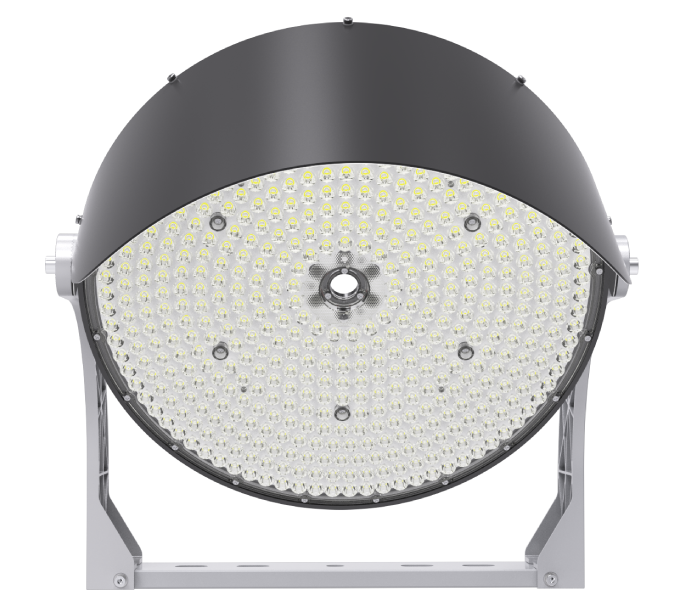Effect of the Stadium Flood Lights Distribution on Lighting Indicators
Effect of the Stadium Flood Lights Distribution on Lighting Indicators
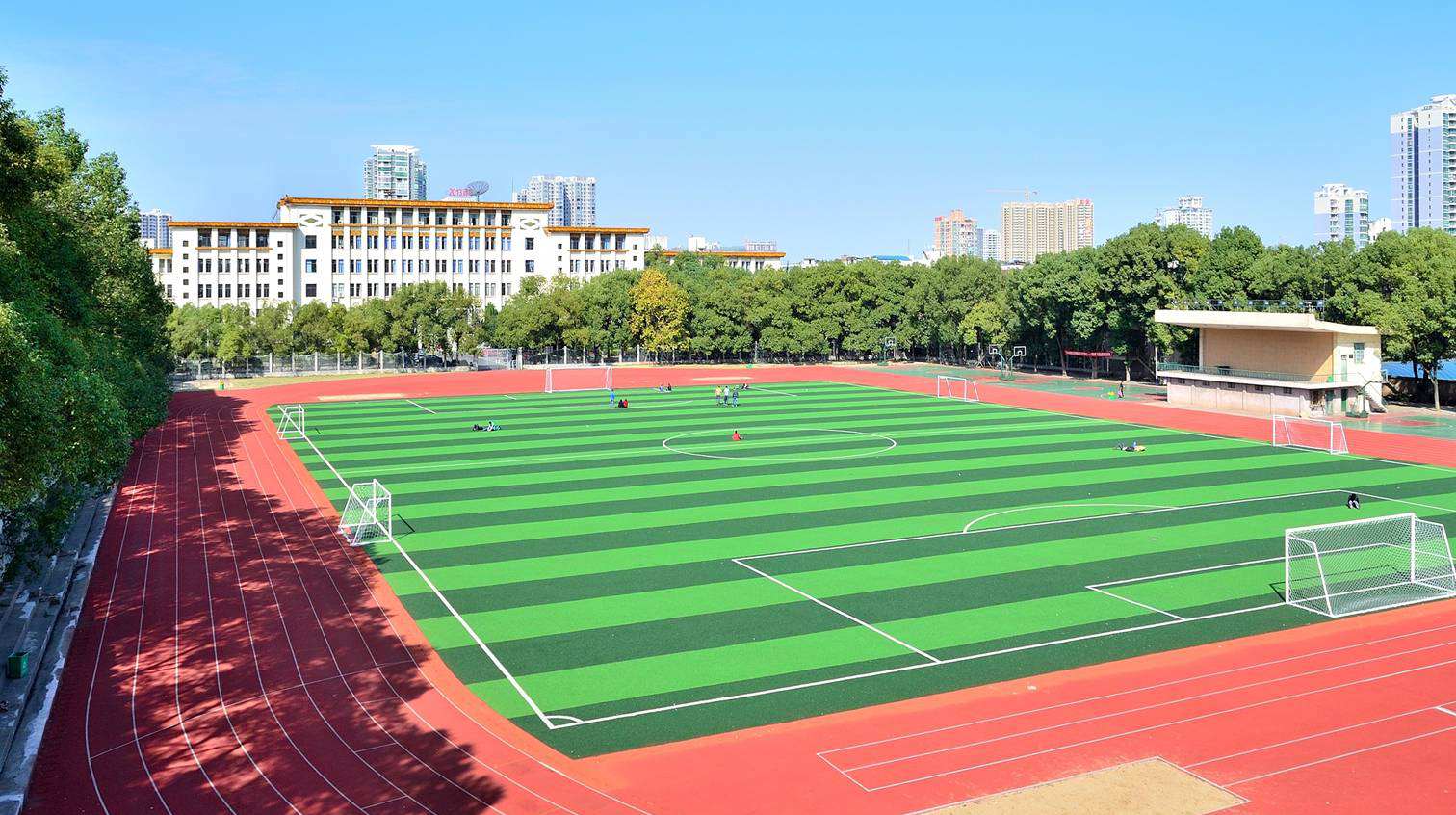
Directory:
1. Principle of Setup
2. Lighting and specifications of chosen lamps
3. Data Distribution
4. Data Analysis
5. Best Stadium Flood Lights
1. Principle of Setup
Refer to Fig. 5. Establish various projection distances of 20. 30. 50. 75. and 100 meters. For each projection distance, multiple stadium flood lights with identical power but different lighting types will be arranged to ensure consistent illumination and uniformity. Other factors, including lamp and light source efficiency, lamp projection angle, and maintenance factor, will remain constant.
Fig.5 schematic for calculation :aiming distance /photometric
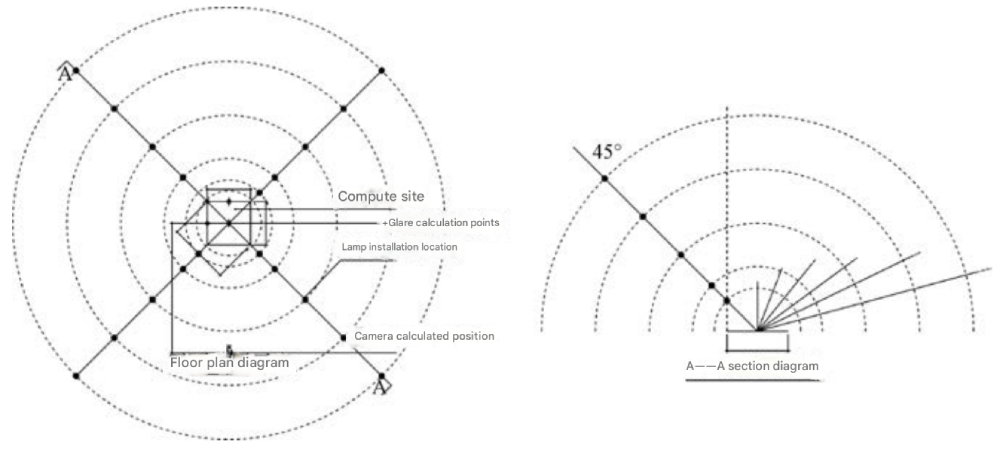
The dimensions of the site are 20m by 20m, with the stadium flood lights projection set at a 45-degree angle. The camera is positioned 60 meters from the center of the site at a height of 10 meters, and the maintenance factor is 0.8 based on the 4-point glare assessment.
This analysis focuses solely on the data and does not take into account any other reasonable requirements at this time.
2. Lighting and specifications of chosen lamps
The types of lighting utilized in this analysis are detailed in Table 2. while additional related parameters can be found in Tables 3 to 5.
Table 2 Photometric of all luminaires for calculation
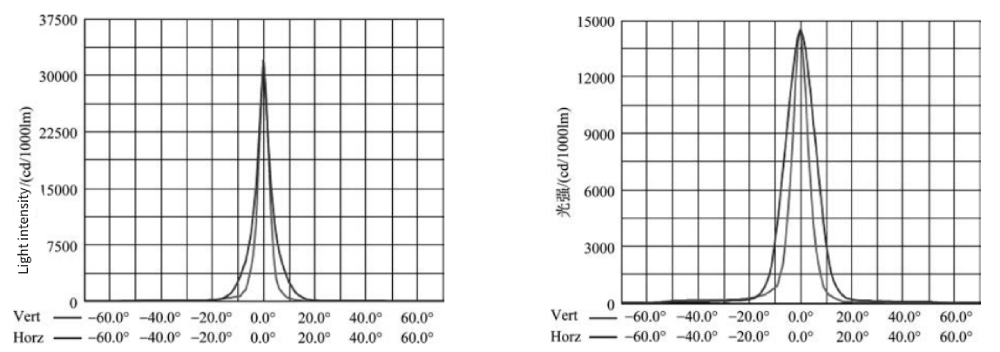
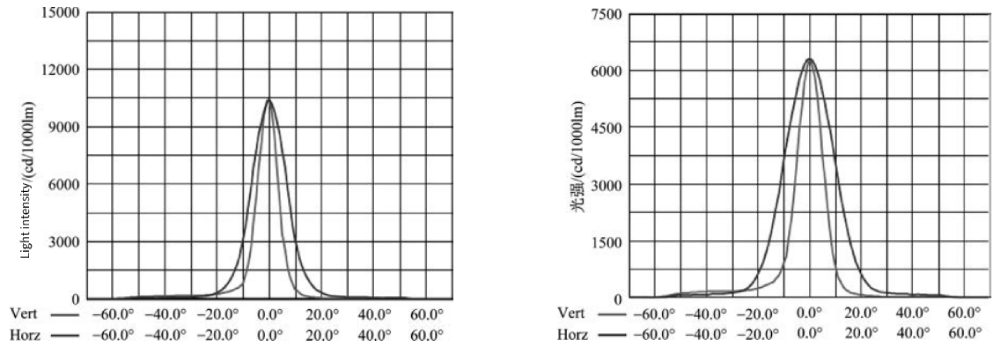
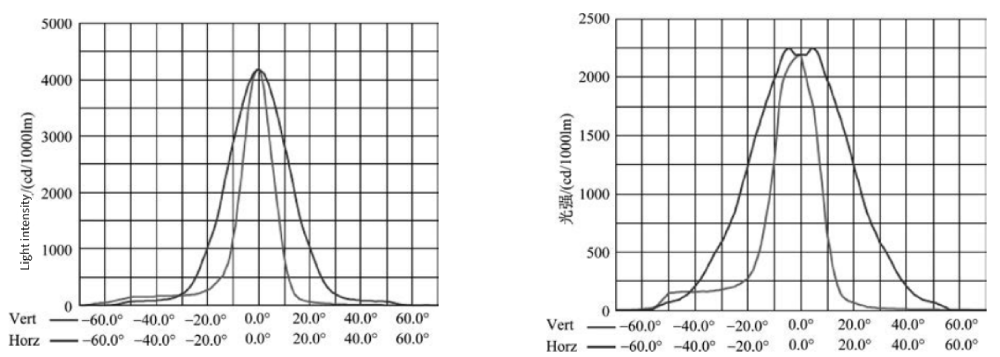
Table 3 Luminaire illuminance (75m aiming distance, luminaire 53m high above pitch)
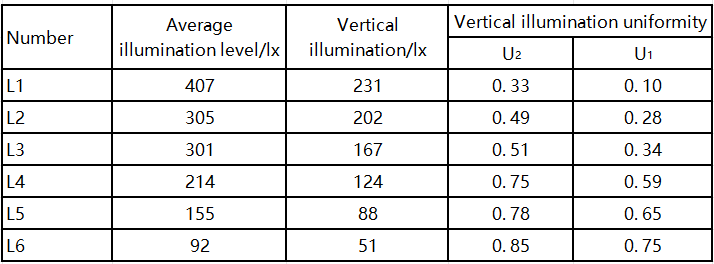
Table 4 Luminaire illuminance (40m aiming distance, luminaire 35.4m high above pitch)
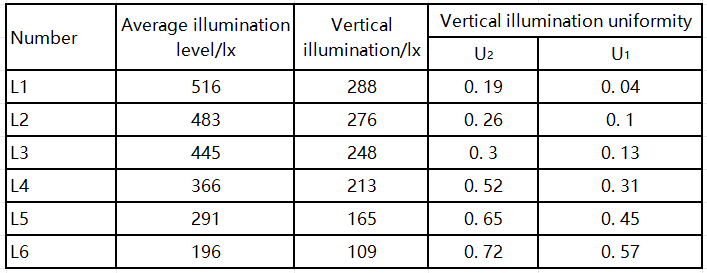
3. Data Distribution
3.1 Performance of Different Lighting Fixtures in Terms of Uniformity at a 75m Projection Distance (refer to Figure 6)
(1) At a 75m projection distance, the vertical illuminance uniformity between L4 and L5 shows minimal variation.
(2) The stadium lights labeled L2 and L3 demonstrate acceptable uniformity with excellent vertical illumination effects. While L4. L5. and L6 exhibit very good uniformity, their average vertical illumination values are significantly lower.
3.2 Performance of Different Lighting Fixtures in Terms of Uniformity at a 50m Projection Distance (refer to Figure 7)
(1) At a 50m projection distance, there is little difference in vertical illumination uniformity among L4 to L6.
Fig.6 Calculation result of 75 aiming distance
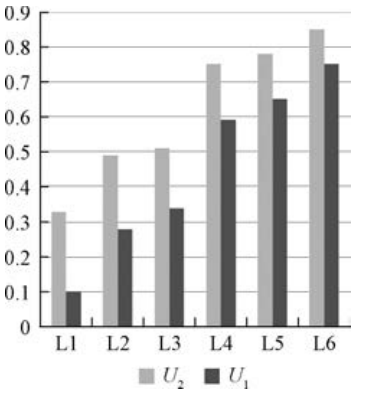
Fig.7 Calculation result of 50 aiming distance
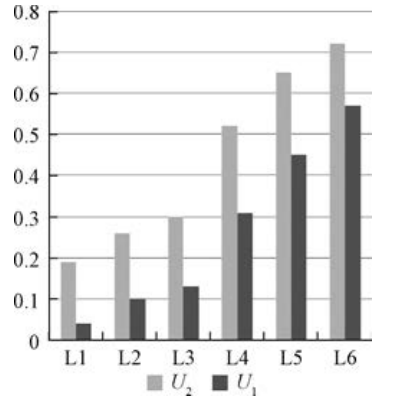
(2) The uniformity of the L4 lamps is satisfactory, and the vertical illumination is excellent. While the uniformity of L5/L6 is very good, the average vertical illumination level is significantly lower.
3.3 Uniformity performance of various light distribution lamps at a projection distance of 30 meters (refer to Fig. 8)
(1) At a distance of 30 meters, the uniformity values for L1 to L5 are not particularly impressive.
(2) The uniformity of the lamp with the broadest beam, L6. is acceptable.
Fig. 8 Calculation result of 30 aiming distance

4. Data Analysis: The Connection Between Lamp Beam Angle and Actual Utilization Efficiency
(1) There is a specific correlation between the type of light distribution curve of stadium flood lights and its projection distance. The light distribution pattern can only be determined by taking into account the balance between uniformity and illumination (refer to Table 6).
(2) Narrow beam lamps are ideal for long-distance projection; however, if the beam is too narrow, it can negatively impact uniformity, so it needs to be appropriately calibrated.
(3) Wide beam lamps are designed for short-distance projection, but if the beam is excessively wide, it can lower the average illumination level.
(4) The lamp achieves its highest utilization rate when the illuminance data shows an inflection point, which corresponds to the narrowest beam model in the initial stable linear change phase.
Table 6 Light distribution, aiming distance, and illuminance calculation

As a result, the way light is distributed by the lamp will influence the quantity of stadium flood lights needed, which in turn impacts overall energy usage. Choosing the right light distribution for lamps can lead to both effective lighting and energy savings. Thus, a more diverse light distribution from the lamp will help decrease both the number of stadium flood lights required and energy consumption.
5. Best Stadium Flood Lights
